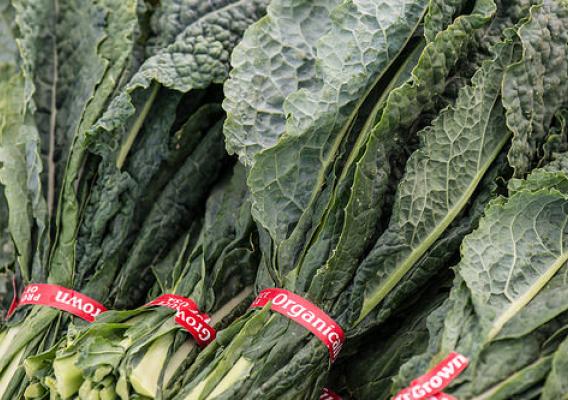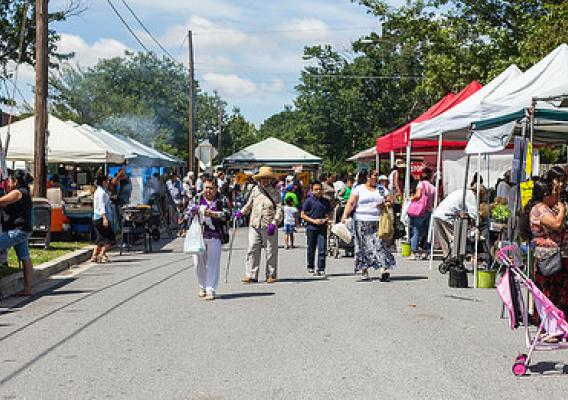Fields of asparagus and peas are in full bounty, soon to make way for sweet, juicy strawberries; towering stalks of corn; and more tomatoes than you’d ever know what to do with! In many parts of the country, as we approach summer, the warm weather means that local harvests are at their peak, and fresh fruits and vegetables abound. That’s what makes summer the perfect time of year for incorporating local foods into your meals. And according to the most recently released data from the Farm to School Census 2015, more than 1,000 school districts nationwide are doing just that: They’re bringing the farm to summer!
When school lets out for summer, there’s still a need to ensure the millions of children who receive free and reduced-price school meals during the school year have consistent access to healthy meals. USDA’s summer meals programs help fill that gap, serving over 191 million meals to children last summer alone! Community centers, libraries, day camps, churches, and more can all sign up to host a summer meals site through the summer meals programs, but schools make for a particularly good site since they already have food production facilities in place for serving meals throughout the school year. The Farm to School Census 2015 found that more than one in five school districts that participate in farm to school programs report including local foods in meals served through their summer meals programs.










